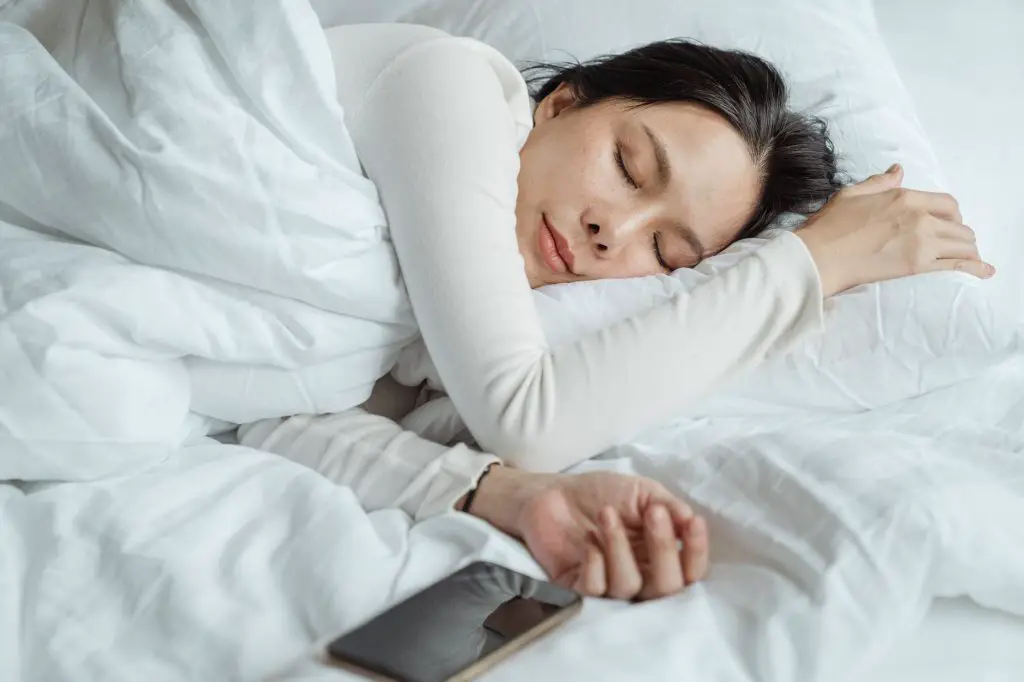Do you suffer from pain in psoas level ? This is a common problem that can be quite painful, especially at night. There are several things you can do to ease the pain and improve your condition.
In this article, we will discuss some of the best ways to deal with this problem. We will also give you some useful tips to prevent future problems.
Anatomical reminder of the psoas
Le psoas is a muscle which extends from the bottom of the spine to the top of the thigh. It is responsible for stabilizing the hip and also contributes to leg flexion. The psoas is often called the “fighting muscle” because it is used when we kick or punch.
This muscle is also used when we sit, stand or walk. Due to its location and function, the psoas is an anatomical reminder of our evolutionary past.
When we see a person with a well-defined psoas, we see the legacy of our ancestors who had to fight for their survival on a daily basis. Even though we no longer live in a dangerous world, the psoas remains an important part of our anatomy.
Why can the psoas be sore at night?
Due to its location and function, the psoas is susceptible to injury and pain. Inactivity is a common cause of psoas pain. When we sit or lie down (like at night) for long periods of time, the psoas is in a static position and can become tense and irritated.
Furthermore, let us recall that the overuse or sudden movements can also lead to inflammation and micro tears in muscle tissue, known as psoas tendonitis. Additionally, the psoas can be strained by carrying heavy objects or participating in high-impact activities. This irritation can appear at night, when the body is resting.
If you experience psoas pain at night, it's likely due to one of these factors. Fortunately, there are many treatments available to treat psoas pain, including stretching, massage, and physical therapy. With proper care, you can quickly get relief from this troublesome condition.
How to relieve psoas pain at night?
The first step is to identify the source of your pain. There are several things you can do at home to relieve psoas pain at night.
Finally, start doing exercises that strengthen the psoas and other muscles in the area, like your back and core.
Medical and manual techniques to relieve psoas pain
It is one of the most important muscles in the body, supporting the spine and helping the legs to move. However, the psoas can sometimes become tight or inflamed, causing pain in the lower back, hips, and legs.
There are several medical techniques that can be used to relieve psoas pain.
- Painkillers : Doctors may prescribe painkillers or anti-inflammatories to help reduce pain. The goal of treatment is to reduce inflammation and relax the muscle so it can function properly again.
- Physiotherapy (physiotherapy) : Physiotherapy can help stretch and strengthen the psoas muscle, reduce pain and improve flexibility.
- The massage : Massage therapy can help release tension in the psoas muscle, thereby relieving pain.
- Acupuncture: Acupuncture is an ancient Chinese treatment that involves inserting thin needles into specific points on the body. This is believed to help release endorphins in particular, which can reduce pain. There is no formal scientific evidence on this.
- Chiropractic: Chiropractic care involves manipulating the spine, the idea being to reduce pressure on the psoas muscle. This can provide significant pain relief.
Stretches to relieve psoas pain
The psoas can be contracted and shortened by prolonged sitting or by activities involving repetitive hip movements. This can lead to pain in the lower back and hip area. Stretching the psoas can help relieve this pain.
1. Lying Down
This stretch can be done by supine position and helps lengthen the psoas. To perform this stretch, lie on your back and place a yoga block on your lower back. Bring the opposite knee towards your shoulder, using your arms for additional pressure, and straighten the other leg.
Hold this position for 30 seconds and repeat 3 times. For a more effective stretch, stand at the end of a table and let your leg hang over the edge. This will further lengthen the psoas.
2. In knight position
The position of the "horse" is a way to stretch the psoas. To do this, start in a knight position with the treated leg at the back. Keeping your trunk straight, step forward until you feel a stretch in the front of your thigh.
Hold this position for 30 seconds and repeat the exercise 3 times.
For a deeper stretch, bring the heel of your back leg toward your pelvis as you pull with your hand. Place a yoga blog or pillow under your back leg if needed.
3. While standing
The following stretch is a simple way to stretch the psoas in standing position. Start by getting into a forward lunge position, with the back leg raised on a table or chair.
Keeping your trunk straight, step forward until you feel a stretch in the front of your thigh. Hold this position for 30 seconds and repeat 3 times.
As you become more flexible, you can increase the stretch duration or add additional reps.
Natural products to relieve the psoas
- Cider vinegar : Apple cider vinegar is a natural remedy for psoas pain. This acidic substance can help break up adhesions and relax the muscle. Just mix one tablespoon of apple cider vinegar with 250ml of water and drink three times a day.
- Cayenne pepper : Cayenne pepper is another option. This spice contains capsaicin, which has anti-inflammatory properties.
- Ginger: Finally, ginger is another effective natural remedy for psoas pain. This root has strong anti-inflammatory properties and can help reduce swelling and pain.
Food
A enough protein intake helps maintain muscle tissue, while vitamins and minerals are essential for proper muscle function. Also, adequate hydration is important for all muscles, including the psoas.
By making sure you eat a balanced diet and stay hydrated, you can help keep your psoas healthy and prevent problems related to tensions or tensions.
How to sleep with psoas pain?
There are several things you can do to relieve psoas pain and get a better night's sleep:
- Use a pillow to support your lower back or between your knees.
- Place un heating pillow on lower back or hip for 15-20 minutes before bedtime.
- Stretch your psoas muscle doing slight forward bends or side lunges before sleeping.
- If you sleep normally on the window and the position is painful, place a pillow under your pelvis.
- Avoid activities that aggravate your psoas muscle, such as sitting for long periods or running.


